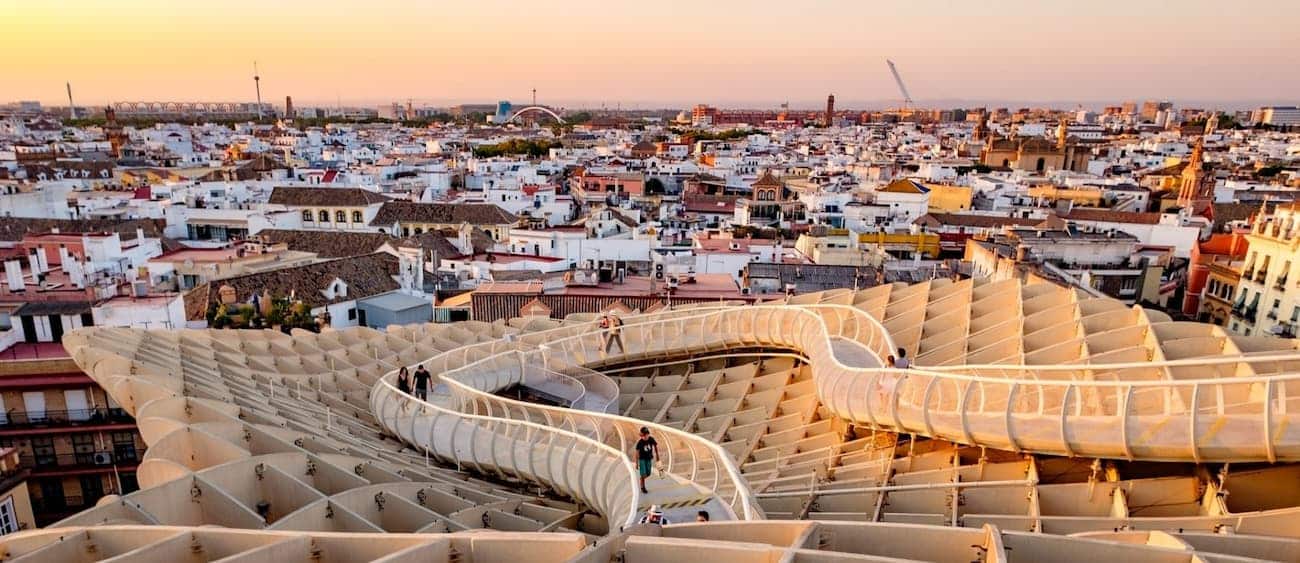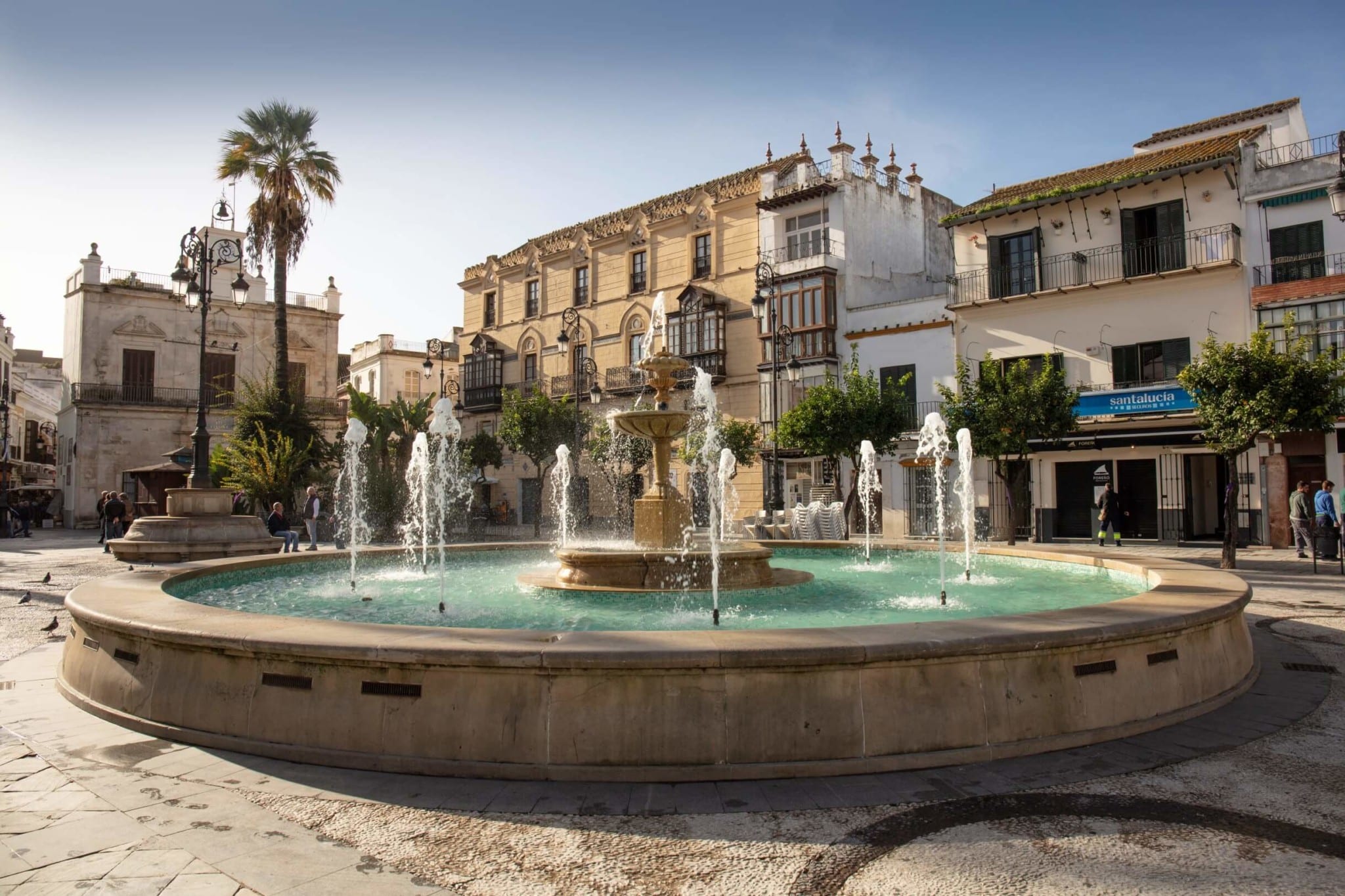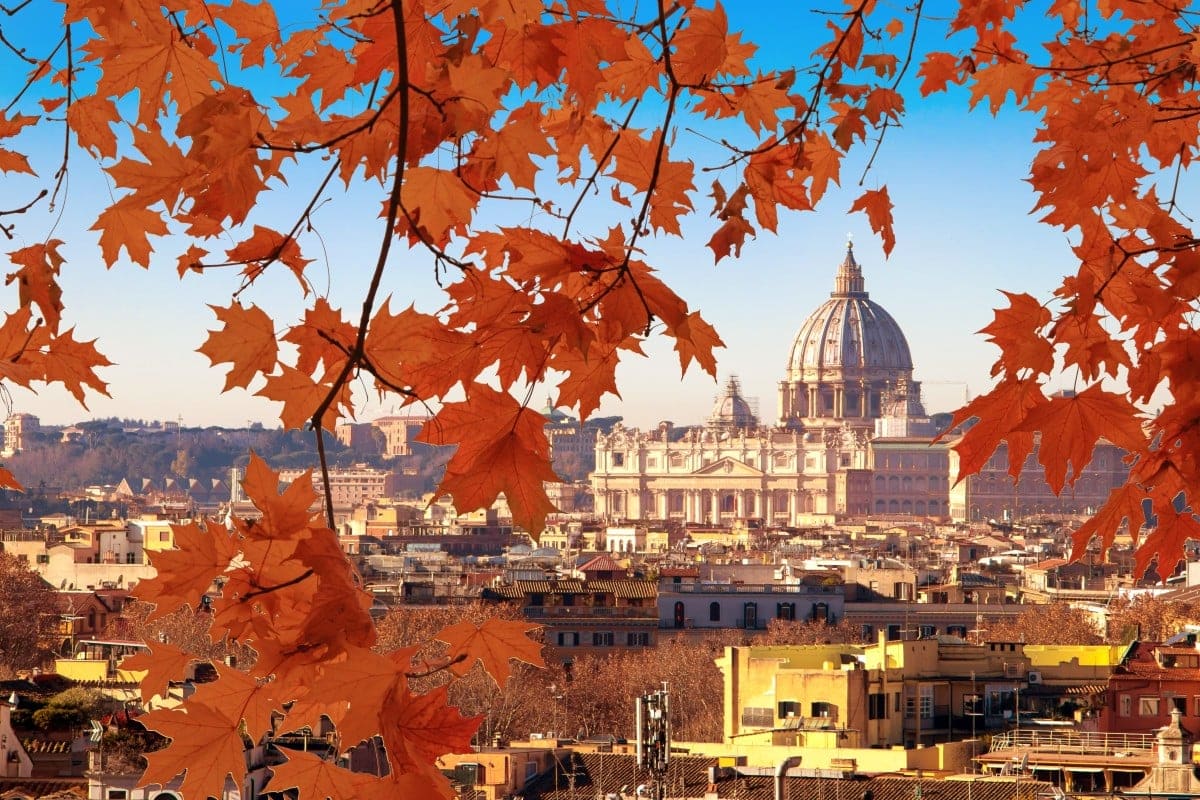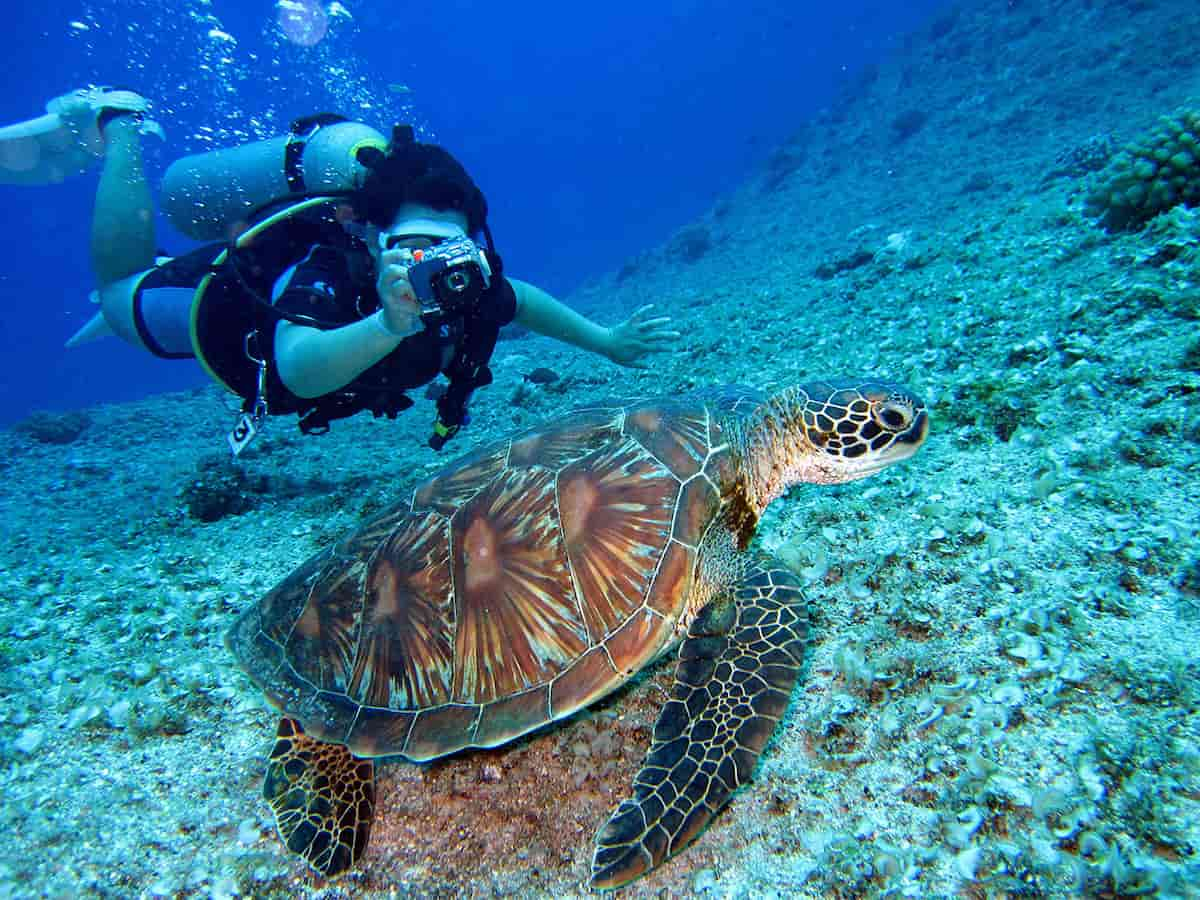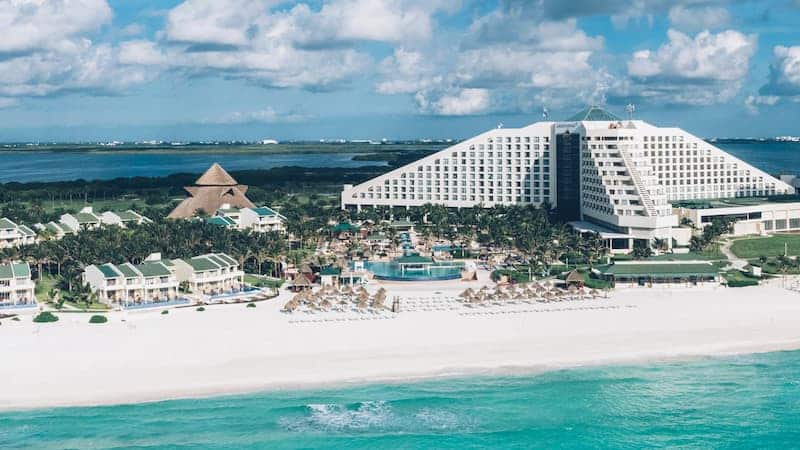That Spain has places that are incredible is something that the vast majority of us can agree on, right? Barcelona, Valencia, Madrid, three of its most important cities and that they have to offer endless activities and places to enjoy. Now, among all these places that stand out in the country, some of its beaches deserve a special mention and if we are going to talk about the Spanish coasts it is necessary that we talk about the Costa Brava.
Incredible beaches, natural parks, golden sand, medieval villas, gastronomy that just by naming it makes your mouth water and works of art by the great Salvador Dalí. They sound like things you might find in a dream, or maybe also in some good budget movie. But the reality is that this combination exists in the Costa Brava region, it is tangible, and although it seems like a dream place, it is a place that can be visited.
It is one of the great regions of Spain that is worth visiting, where you can enjoy the climate of the Mediterranean Sea by taking a break near the waters of the coves with a landscape that seems to be painted. He refers to it as a unit, the Costa Brava, but at the same time it is made up of small towns that extend along its 214 kilometers. In fact, several of the towns on the Costa Brava are part of the most beautiful towns in Spain and you definitely have to visit them.
Next we will tell you which are the places on the Costa Brava that you cannot miss, whether they are towns, cities, beaches, gardens, those places that cannot be missing from your list the next time you walk through this region of Catalonia, with the things you can do in each of them, in addition to enjoying their amazing landscapes, of course.
Where is the Costa Brava?
To talk about the Costa Brava and tell you everything we want about it, it is first necessary to locate ourselves geographically, so you have everything ready for when you want to know these amazing landscapes.
The beaches of Costa Brava are those found in the province of Girona, or Gerona, in the northeast of the autonomous community of Catalonia, in northern Spain. There, the landscapes of these coasts stretch for more than 200 kilometers, including the region between Blanes and Portbou.
They go through towns that are recognized worldwide and, in fact, some of them are considered one of the most beautiful towns in all of Spain. Among these are Tossa de Mar, Cadaqués, Lloret de Mar, the Bay of Roses and more.
Whether you are looking to enjoy incredible beaches, enjoy the tranquility of nature and rest a bit from the rhythm of the city or discover unparalleled landscapes, Costa Brava can offer you all that and more.
What to see on the Costa Brava?
Spain’s Costa Brava has to offer some of the best scenery in the country and perhaps a little further afield as well. The best part is that among everything you have to see, visit and know, there are natural landscapes, of course, but also the architecture of the towns that inhabit this area and the historical and cultural part that all of these have.

That is, you can choose between knowing any of the three natural parks, or all of them too, why not; visit the coves that are between the cliffs; tour the botanical gardens; get into the towns and their culture, and, of course, also their museums; and another option, one that you certainly cannot miss, is a visit to one of its beaches.
To help you choose what to do among all these options, below we will tell you what are some of the most amazing landscapes and places on the entire Costa Brava.
12 places with amazing landscapes on the Costa Brava
Next, we will tell you about 12 places on the Costa Brava that have amazing landscapes and that are worth visiting. In each of them, of course, we inform you what are the things that can be seen or done, both in terms of natural and cultural spaces.
1. Lloret de Mar
The town of Lloret de Mar is one of the most important tourist centers in the maritime center of Girona, and it is with the first town on the Costa Brava that you find yourself going from Barcelona. There you can do activities such as hiking, golf and water sports of different kinds. It is known as a town that can provide both tranquility and fun.
Among the natural spaces found in Lloret de Mar and that offer landscapes like no other place are its beaches and coves, characterized by their transparent waters. In addition, if we are talking about the mainland, it has some of the best trails on the entire Costa Brava, such as the Camino de la Ronda which then stretches along the coast.
Those who want to enjoy a great view of the cliffs that are in the nearby areas and the coves surround the words, at the end of the Paseo Marítimo de Lloret de Mar you can see all this from Sa Caleta, a cove with fishing boats resting on the sand.
In cultural terms, one of the best options is to visit its old town, where you can find architectural works such as the Church of Sant Romá, dating from 1522; the monument to the Marinera Woman, made by Ernest Maragall; or the hermitage of Santa Cristina, which is located on the beach and in it the transition from the baroque to the neoclassical style is reflected.
People who want to know this region of Catalonia and want to spend the night here, will have both campsites and hotels in Costa Brava available, in both cases of different categories.
2. Cadaqués
Cadaqués is one of the most beautiful towns of the Costa Brava and of Spain in general. It is located on the Cabo de Creus peninsula and among the best things it has to offer are its literal rocky, its incredible beaches and its coves, in addition to having a park that offers amazing landscapes, as is the Cap de Creus Natural Park.
Something very characteristic of this town, and that easily stands out among the towns of the Costa Brava, is its white color. It is a fishing village that is also well known for having been the home of the renowned artist Salvador Dalí for several seasons, mainly during his childhood.
Both its beaches and its coves are calm and with transparent water, and offer excellent conditions to be able to do sports and water activities of different kinds, from diving to sailing. That from the natural point of view, and from the cultural point of view is not far behind either.
The historic center of Cadaqués has places such as: the church of Santa María; the Serinyena House; the Salvador Dalí House-Museum; the Municipal Museum of Art; the Perrot-Moore Museum; and more.

Photo by David Monje on Unsplash
In terms of accommodation, the main option is hotels or rental apartments.
3. Blanes
This municipality is known as the “ Portal of the Costa Brava ” and is located right at the mouth of the river Tordera. Its nickname is due to the fact that the rock of Sa Palomera is located there and this is the starting point of this region of Catalonia. It is a place in which the modern and dynamic rhythm of its population is complemented by the historical accounts found in every corner of the town.
On the natural side, it has about four kilometers of coastline made up of rocky cliffs and quiet coves. In addition, it also has two botanical gardens that can be visited without problem, and they are Mar i Murtra and Pinya Rosa.
In cultural terms, the sites that stand out most in this Costa Brava town are the remains of the Sant Joan Castle, built in the mid-13th century; the Gothic fountain, from the late fourteenth century; and the Church of Our Lady of Hope, to name a few.
4. Roses
Roses is one of the towns on the Costa Brava with the greatest historical heritage. The most outstanding points within its urban area are the Iglesia Santa María and the Casa Mallol, with a very modernist aesthetic that can already be seen from its façade. In addition, it is also necessary to highlight the Trinitat Castle, belonging to the 16th century, which is located near the Roses Lighthouse, one of the many on the coast. It should be noted that the monument that stands out the most is the Ciudatella, a military fortress from the 11th century.
Roses is a site that used to be a Greek colony, if much of its architecture has a Renaissance structure. On the other hand, of course, everything that is cultural has it to take advantage of in outdoor spaces, whether in natural parks, beaches or coves, to balance as well.
Located between Cap Creus and Montgrí Massif, it has transparent water coves that are between cliffs and large sandy areas and has a large number of beaches, some of them distinguished even with the symbol of Blue Flag. There is also the Parque Natural dels Aiguamolls del Empordà, a protected area made up of three reserves.
One of the most outstanding beaches in this part of Costa Brava is Platja Nova, located within the urban center, but the reality is that the sunset looks exquisite from any of its beaches.
5. Tossa de Mar
If what you are looking for from the towns of the Costa Brava is to have an incomparable view of their landscapes, then Tossa de Mar is one of those that you have to know as soon as possible. Here you can see a clear complement between history, art, leisure and the sea. A beauty, basically.
It is said that it is one of the Costa Brava towns that lives “with one foot in the sea”, since the walls of the old town practically reach the water. Something characteristic of Tossa de Mar are its cobblestone streets, high walls and, as we told you before, its amazing views. In historical terms, it stands out as the last medieval town fortified throughout this region of the Autonomous Community of Catalonia.
It has different beaches, from Platja Gran de Tossa, which is the main one, to coves that are smaller, such as Platja d’es Codolar or de la Mar Menuda. Several of its beaches and reeds are hidden among the pine trees and cliffs that surround the town. In addition, a place that is worth visiting is the Cadiretes Massif, which extends throughout almost the entire municipality and which has trails that can be covered on foot or by bicycle.
6. Banyoles Lake
It is the largest lake in the province of Girona and the entire Autonomous Community of Catalonia. Of course, it is also one of the most outstanding sites in the municipality of Banyoles. It is one of the areas protected by the Generalitat of Catalonia since 1992, and stands out for its geological, ecological, landscape and cultural importance.
It is an open space to which people can access to rest for a moment or also perform different physical activities, such as running, cycling, boating or doing any of the sports aquatic. There you can also see some small constructions for recreational use that were built between the first half of the 19th century and the beginning of the 20th century, called pesqueres.
In this area there is also the Romanesque church of Santa María de Porqueres, a construction that stands out from the heritage point of view.
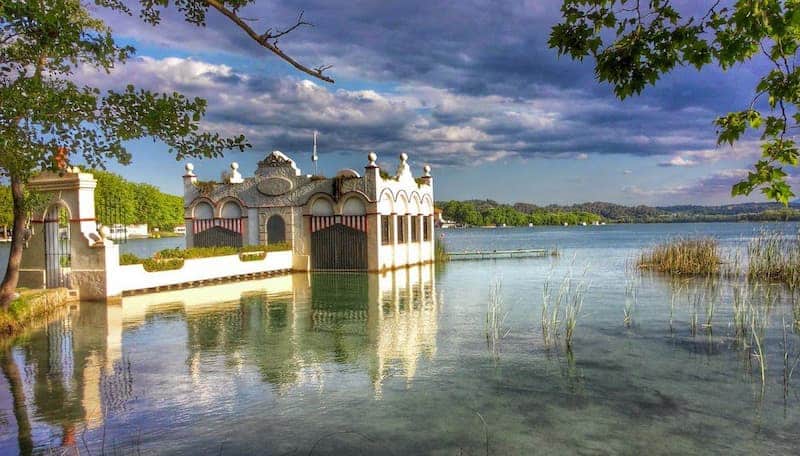
7. Dalinian Triangle
The route that connects three different towns that are located within the Costa Brava is known by this name. Its name is due to the fact that if we join the three points with an imaginary line, or with the route, a triangle is formed where you can see three clear points that allow you to know Salvador Dalí much better.
One of the edges of this triangle is found in Figueres, in the Teatre-Museu Dalí, where you can see the artist’s work. It is a building that was built between 1848 and 1850, and that Dalí turned it into the Teatre-Museu in 1974. There you can find a large part of the works made by the artist in his different periods.
Another of the edges is in the municipality of Cadaqués, in Portlligat, where we can find the current Salvador Dalí House-Museum. It is here where he painted a large part of his work, and it consists of a group of fishermen’s huts that he was reforming as he acquired them. Finally, the construction took on a labyrinthine structure.
The third point of this triangular route is the Gala-Dalí Castle House-Museum, located in P Fútbol, in the municipality of La Pera. It is an 11th century medieval castle that was bought by Dalí in 1969, he renovated it and thus fulfilled his promise to make Gala the queen of a castle. This was the artist’s last workshop between 1982 and 1984.
8. Cap Roig Botanical Garden
It is located in the town of Palafrugell and they were created in 1927. It is one of the treasures of the Costa Brava and has more than 1,000 species of vegetables that come from different regions that have climate Mediterranean.
It has an area of 20 hectares and combines amazing landscapes, with art and architecture. Beyond the great variety of plants that it has, the sculptures made by both Spanish artists and from different parts of the world, the castle and the towers, and the terraces where you can rest while enjoying the view.
The castle is located right in the center and its construction began in 1931 and ended in 1975. It has a medieval style, and has a main building and several outbuildings, as well as having the characteristic towers.
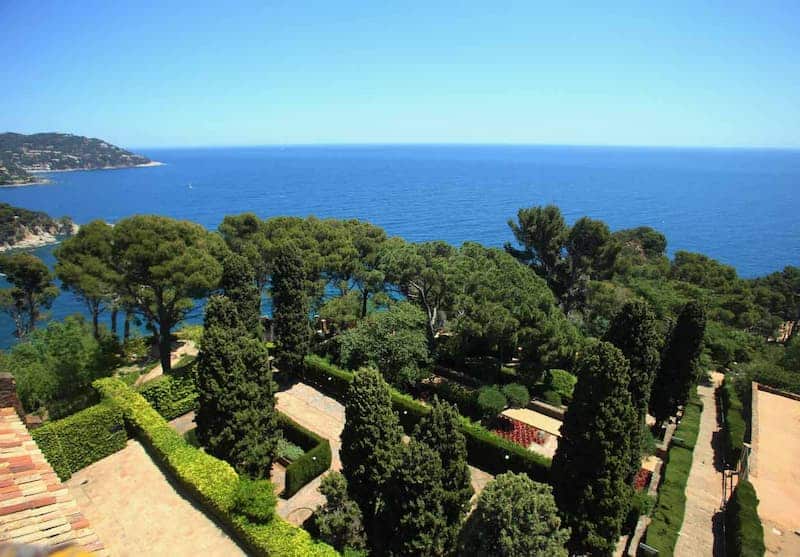
Photo by PALAFRUGELL +
9. Girona
The city of Girona, or Gerona, is popularly known as the “ City of the Four Rivers”. It is located a few kilometers from the coast and is the capital of the homonymous province. Here heritage has a great preponderance, where you can find various medieval buildings.
The city has a walled enclosure, called the Força Vella, which is where the Cathedral is located. There are also other important religious monuments, such as the Stan Pere de Galligants monastery and the Sant Nicolau church. Within the buildings, the Pont de Pedra also stands out from where you can see all the houses in the city and their facades.
The four rivers that cross it are the Ter, Güell, Galligants and Oñar. In the latter, what is striking is the color palette with which the houses above it are painted. In fact, one of the ones that stands out the most is the Casa Masó, since it is the birthplace of the architect Rafael Maso i Valentí.
When visiting the city of Girona, it is advisable to stay for more than one day to get to know all its corners. Accommodation options include hotels on the Costa Brava, as well as rental apartments.
10. Cala s’Alguer
The Cala s’Alguer is located near the town of Palamós and is considered one of the most beautiful in the entire Costa Brava. It is 4 meters wide and 30 meters long, and offers a great combination of beach, mountain and fishing district, in fact it still preserves the fishermen’s huts.
This cove is located between the Castell and La Fosca beaches, and was declared a cultural asset of natural interest by the Generalitat of Catalonia. It had previously been declared a site of scenic interest.
It should be taken into account that being such a small space, it does not have a large space of sand, in fact it is a place where rocks and pebbles prevail. In addition, the few and small houses that are there have different colors in their openings and, added to the small boats on the shore, they offer a very beautiful view.
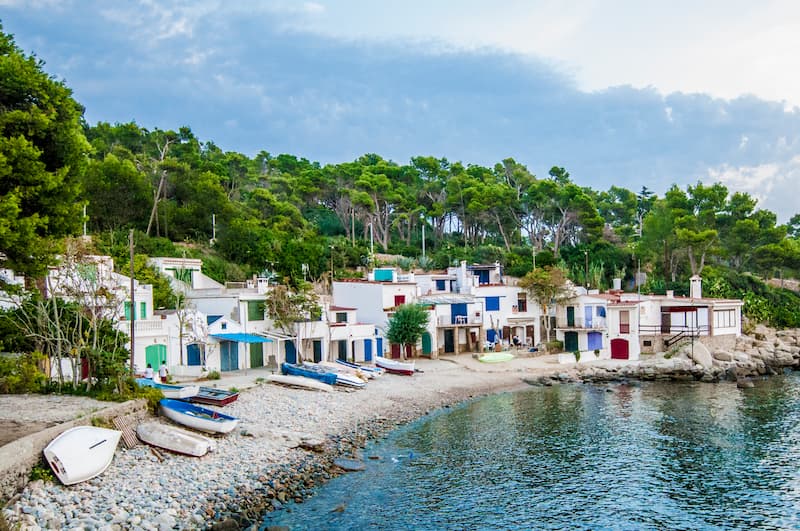
Photo by Sole Perez on Flickr
11. Begur
Begur is one of the most beautiful towns on the Costa Brava. It is located in the heart of the region and extends through a set of hills that end suddenly on the coast of the Mediterranean Sea. This is the so-called Macizo de Begur.
In cultural and patrimonial terms, in its urban area you can see the remains of a castle from the 15th century and the walls and defense towers that still remain, and that date back to the 16th and 16th centuries. XVII. Passing there is almost like taking a trip back in time to medieval times. In addition, it also has Indian houses and other historic buildings, including the Cultural Casino and the Old Schools.
If we talk about the natural, the coast of this town is found between cliffs and pine trees, where coves of crystalline water are hidden where each one is different from the other. There are eight coves and beaches of the Costa Brava that are found here. Some of them are Platja Fonde, Aigua Blava and Sa Tuna.
12. Pals
In this case it is one of the towns on the Costa Brava that does not have its own beach, although its municipality does. Pals is located on a hill and, like several in this area, its medieval characteristics remain intact. In it you can see a combination between its historical part and nature in terms of vegetation.
Its old town has been declared Artistic Historic Site, with its cobbled houses and the houses that belonged to members of the nobility. Among the monuments that stand out in it are the Torre del Homenaje, which was built between the 11th and 13th centuries, the Josep Pla viewpoint, the Plaza Mayor, the church of Sant Pere and the Museum of Underwater Archeology.
Regarding the beaches that are close to this town of Costa Brava, the municipality has four kilometers of transparent water that allow you to enjoy a good moment of relaxation but also provide the space to develop water sports, according to each person prefers.
From this part of the Costa Brava it should also be noted that it is well known for its rice fields, where the combination of green, yellow and blue of the sky can provide a different feeling of calm, and, of course, that makes it one one of the best places to eat meals whose main ingredient is rice.
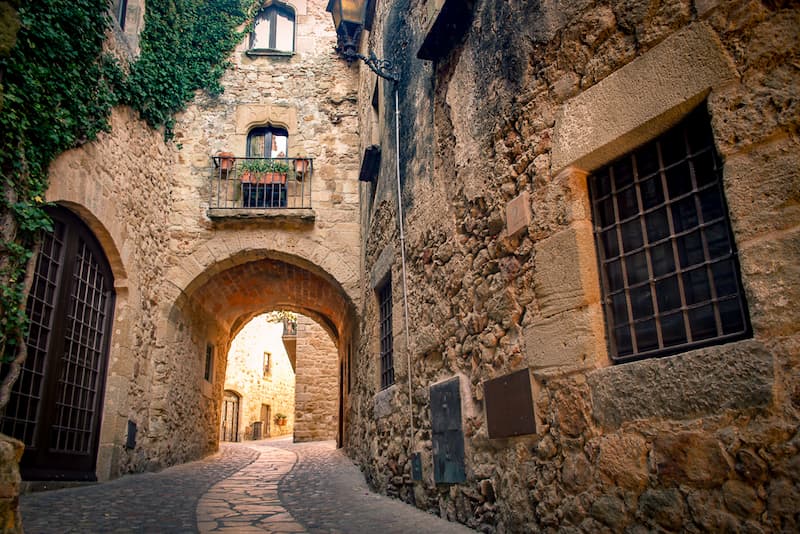
Photo by Matías Callone on Flickr
These are 12 places in Costa Brava that you cannot miss the next time you walk through this part of the Autonomous Community of Catalonia. In each of them, in addition to the activities that we have, you will be able to enjoy the gastronomy of the place and you will have different accommodation options, either in hotels or campsites in Costa Brava.
Although many of them are characterized by having similar aspects, mainly in relation to medieval architecture, each of them has something different to offer and not to mention the beaches of the Costa Brava that you can enjoy at each point of these towns and municipalities.
We hope you can enjoy each of them and if you add any more to your tour, you can tell us in the comments ????


